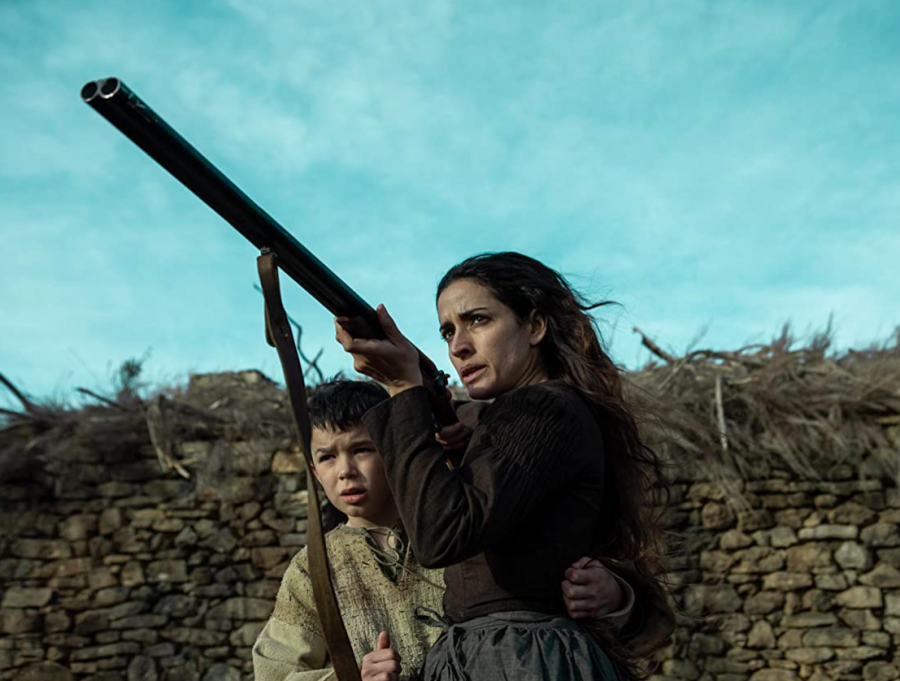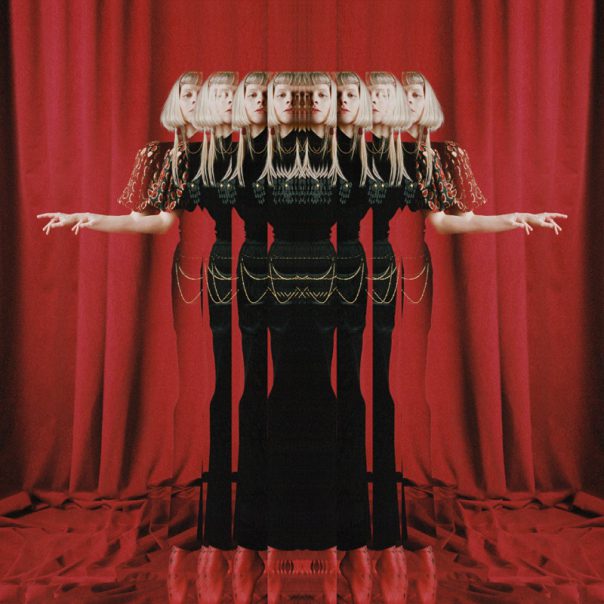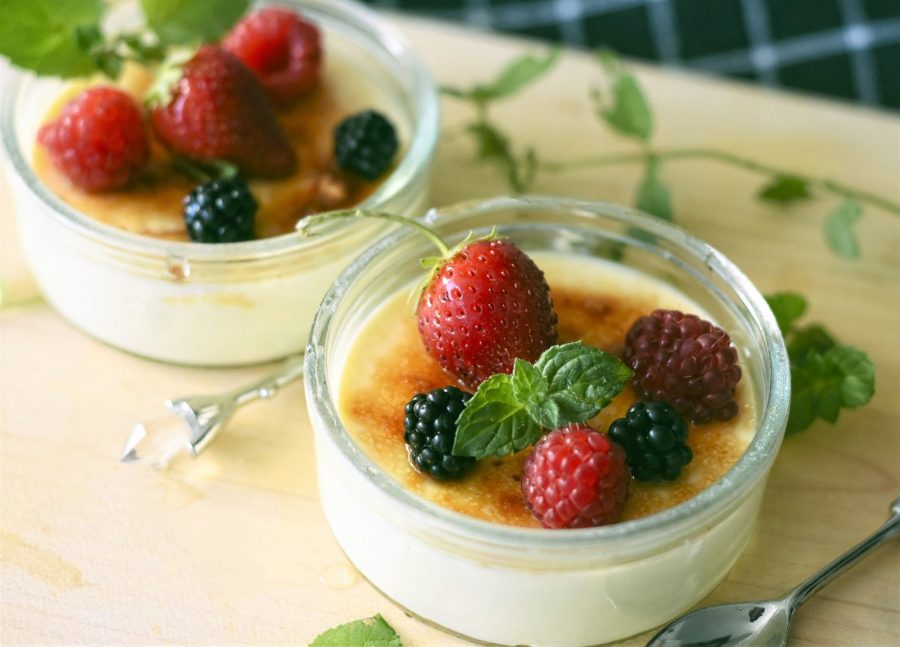Chuseok is a three-day long holiday starting Aug. 14 of the lunar calendar. It’s the time of the year to celebrate nature’s bounty, pay respect to loved ones who passed on and reminisce together with family on all the things to be grateful for.
Keonchan Kim, criminology major said he loved to “talk [with family] and take a rest because it’s a long holiday.”
About two weeks before Chuseok, families clear weed and bushes from ancestor gravesites, called Beolcho, otherwise ancestors will arrive dirty and beaten up to the offerings on Korean Thanksgiving.
On Chuseok, everyone dresses in traditional Korean clothing called Hanbok. Each Hanbok is like a painting of the Korean nation. Bright primary colors are used to symbolize the flowers and rivers of Korea, while the blank canvases of the fabric inspire empathy.
Cultural sites, like ancient palaces and temples, help advocate wearing Hanbok by allowing free entry if attendees are dressed in Hanbok on Korean Thanksgiving.
Cha-rae, a celebration of cooking for ancestors, is the first priority for families. All the meals must be made using freshly harvested vegetables during the celebration of nature’s bounty. From eldest to youngest, family members pay their respects by bowing to ancestors and enjoying the food together.
The celebration continues until the evening to celebrate the time of the year when the moon is the brightest. Since ancient times, farmers used the moon to mark when to end or start harvest.
Families dance and make Songpyeon, rice cake. Seongpyeon is about the same of a small golf ball and it’s filled with different kinds of beans like red beans. Each filling has its own meaning such as wish to fulfill one’s studies. It’s a tradition that the person who make the most beautiful songpyeon will meet a good spouse or give birth to a beautiful baby.
Dancing is an important tradition to remember Korean history. During the Joseon Dynasty of Korea (1392-1910), women dressed in military uniform with the men and circled around the mountains of enemy troops to bluff the size of the Korean military resulting in many wars won through scare tactics.
Korean Thanksgiving in August
Story continues below advertisement








